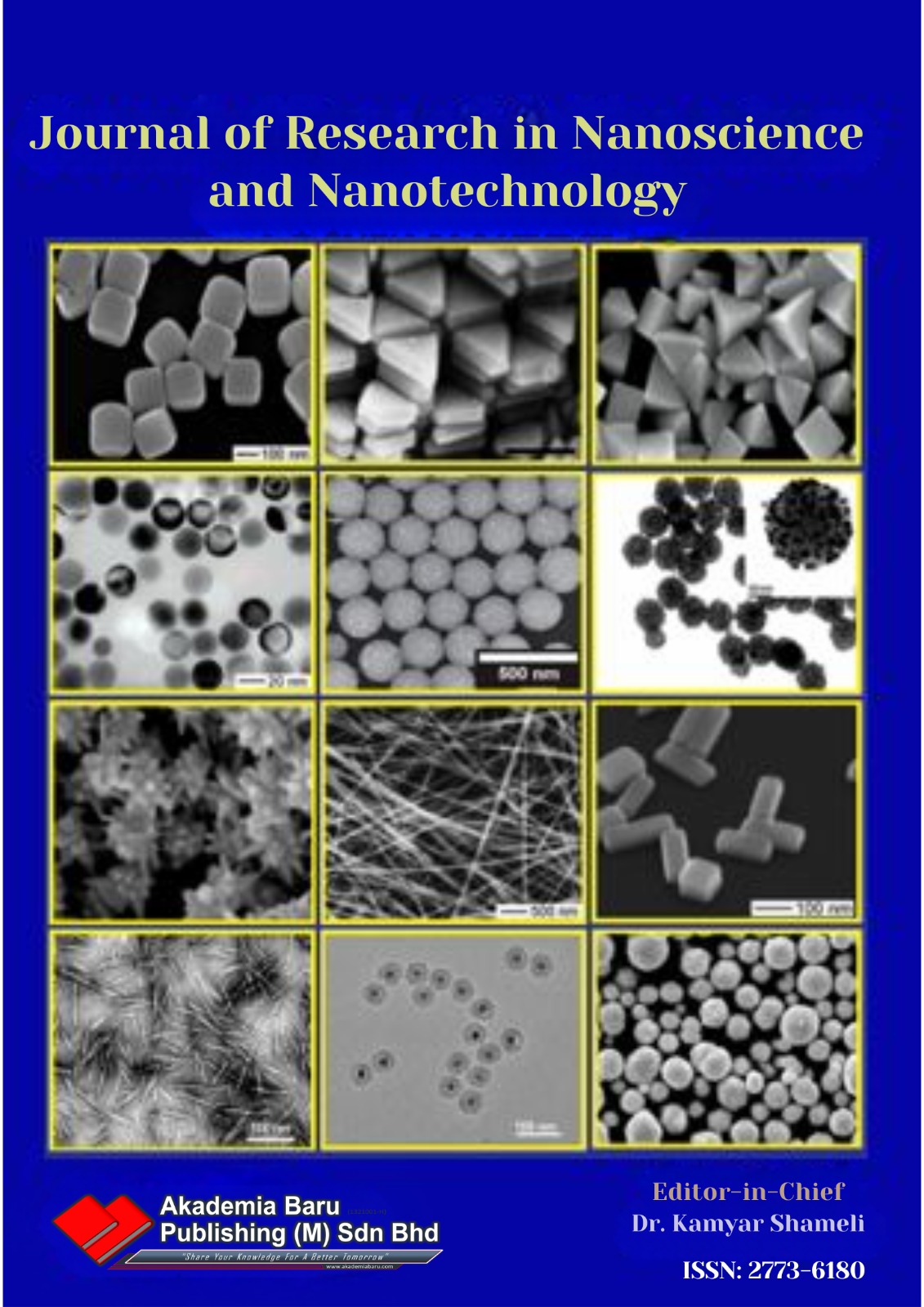Effect of Cu(II) Concentration on Pandan Leaf (Pandanus amaryllifolius) Nanocellulose's Adsorption Efficiency
DOI:
https://doi.org/10.37934/jrnn.10.1.16Keywords:
Pandan leaf, Cu(II) adsorption, NanocelluloseAbstract
Heavy metals pose a significant environmental threat due to their toxic nature and long-lasting presence in ecosystems. Adsorption is a notable method for reducing low-concentration heavy metals in wastewater due to its simplicity, cost-effectiveness, and high efficiency. Nanocellulose-based adsorbents are gaining significant attention due to their environmentally friendly characteristics and unique properties. They are particularly effective in addressing heavy metal ion contamination, such as Cu(II). Malaysia possesses a significant quantity of pandan leaves, which show potential for applications in wastewater treatment and as a valuable source of nanocellulose for polymer composites. Various techniques, including chemical pretreatments and the sulfuric acid hydrolysis method, are employed to extract nanocellulose from pandan leaves. Acrylamide, a vinyl monomer, is subsequently employed for grafting. In addition, AAS was used to monitor the removal of Cu(II) ions. This study investigates the binding characteristics of nanocellulose derived from pandan leaves with varying concentrations of Cu(II) using a series of batch adsorption experiments. Our study reveals that a concentration of 30 ppm Cu(II) has a significant effect on the adsorption efficiency of pandan leaf nanocellulose.
Downloads















